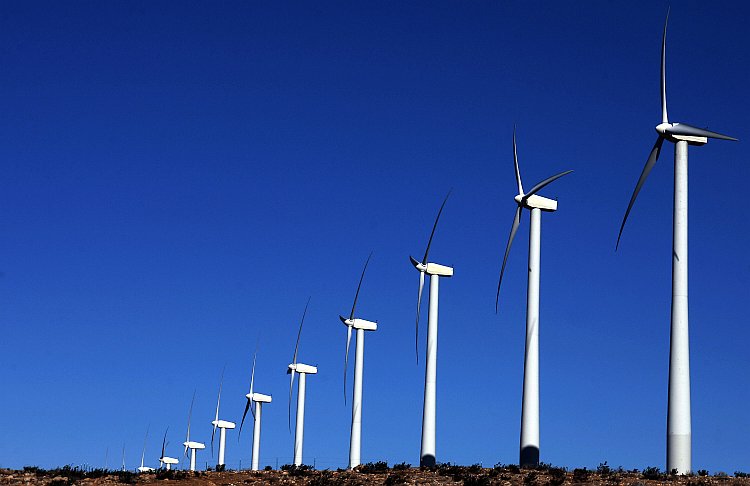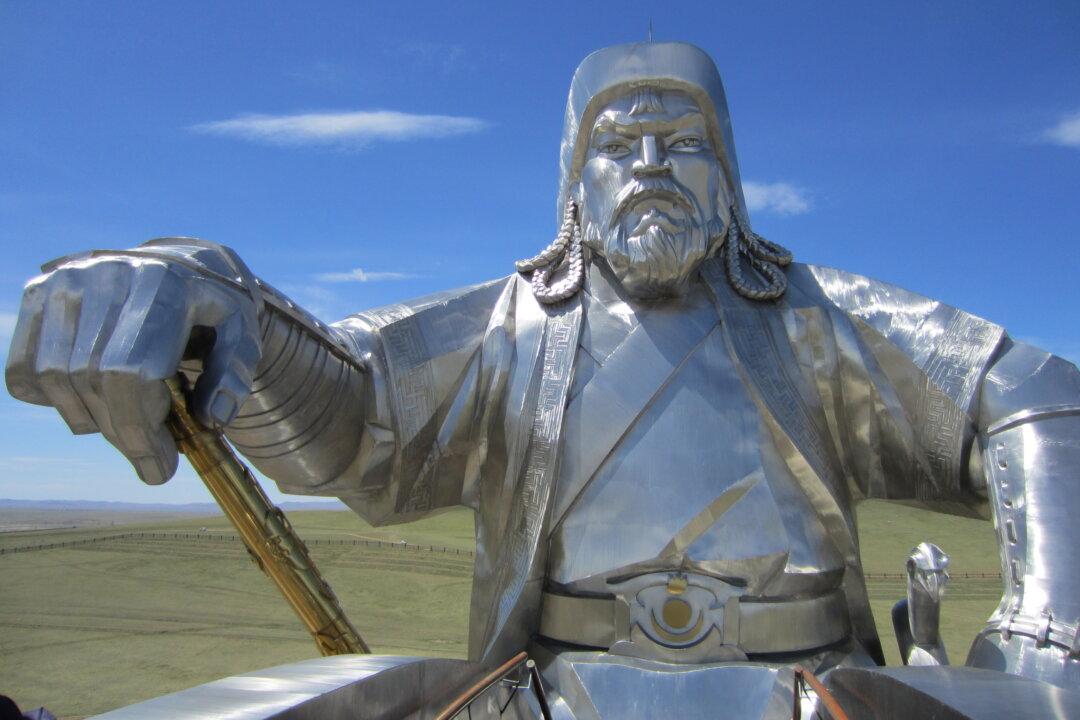The future Ocotillo Wind plant is already facing strong opposition. It’s poised to be a positive initiative for both project developers and green-energy enthusiasts, but neighboring Native American tribes and local conservation advocates are protesting the project.
About 80 miles east of San Diego is the site designated for Pattern Energy’s Ocotillo facility. The Department of the Interior (DOI) approved the project in mid-May, and on the same day about 40 protestors gathered outside Pattern’s La Jolla offices.
The approved site is located deep in the California desert, but the Desert Protective Council, the Viejas Band of Kumeyaay Indians, the Basin and Range Watch, and the Quechan Indian Tribe, all say the spot is off limits. Not only is it on sacred land, but protestors say the new facility will endanger the local ecosystem as well. Desert species of plant and animal wildlife, including the Peninsular bighorn sheep, golden eagles, as well as native desert trees in the Ocotillo Forest, would be threatened or destroyed if Ocotillo Wind plant construction continues.
“Basin and Range Watch have done an incredible job of compiling facts and keeping up-to-date on this ill-advised, unjust project which will irreparably harm 20 square miles of desert and adversely impact adjacent wilderness areas and Anza-Borrego Desert State Park, the largest state park in the country,” Terry Weiner, Imperial County projects and conservation coordinator for the Desert Protective Council, told The Epoch Times.
The lands where Pattern Energy intends to build were once protected national forests and recreation areas. But the land was reassigned under the Bush administration and slated for energy development under Obama.
Conservation enthusiasts are not happy to see development on the formerly protected site. They say that many of the new federal fast-track programs are shutting out key informative parties.
“We believe that the Department of the Interior (DOI) is poised to violate the law and our rights to religious freedom and our cultural identities guaranteed by DOI’s own policies, the U.S. Constitution, and international declarations,” stated Anthony Pico, chairman of the Viejas Band of Kumeyaay Indians, in a letter to President Obama on Feb. 22. “We need your help,” he wrote.
But the letter was met with silence, and the project was given the green-light in May. The Quechan Tribe tried to stop construction, but their injunction was denied by a federal judge on May 23, giving further momentum to the project.
The tribe quickly responded with another suit, accusing Secretary of the Interior Ken Salazar, the county of Imperial, the state of California, and Pattern Energy with violating the right-of-way provisions of the Federal Land Policy Management Act. The suit also accused Salazar of acting illegally when he amended the 1980 California Desert Conservation Area Plan.
Officials gave the Ocotillo plant more than 10,000 acres of public lands that are projected to generate 315 megawatts of wind power. The project will create approximately 350 jobs, generate enough electricity to power 94,500 homes, and off-set about 288,000 metric tons of greenhouse gases. The California Public Utilities Commission has already agreed to a 20-year power purchase.
The Bureau of Land Management (BLM), the federal agency that authorized the Pattern Energy contract, says that the project already passed extensive environmental reviews. In order to accommodate environmental concerns, project coordinators reduced the number of turbines from 155 to 112, and removed about 2,285 acres of land from the project site. Additionally, BLM says they worked with local tribes to ensure low impact from the project.
“While Pattern has a policy of not commenting on pending litigation, the environmental impact statement clearly demonstrates that we have designed the Ocotillo Wind project to minimize impacts on cultural and environmental resources,” stated Pattern Energy, in a statement to San Diego media.
The Ocotillo project certainly has its critics, but it also has plenty of people eagerly awaiting the plant and the jobs, economic development, and the clean energy it promises.
“While we respect all individuals’ rights to different opinions, we believe the project has the support of many local residents, county officials, and Native Americans who respect the efforts we’ve made on this project,” stated Pattern Energy.
The Epoch Times publishes in 35 countries and in 19 languages. Subscribe to our e-newsletter.





